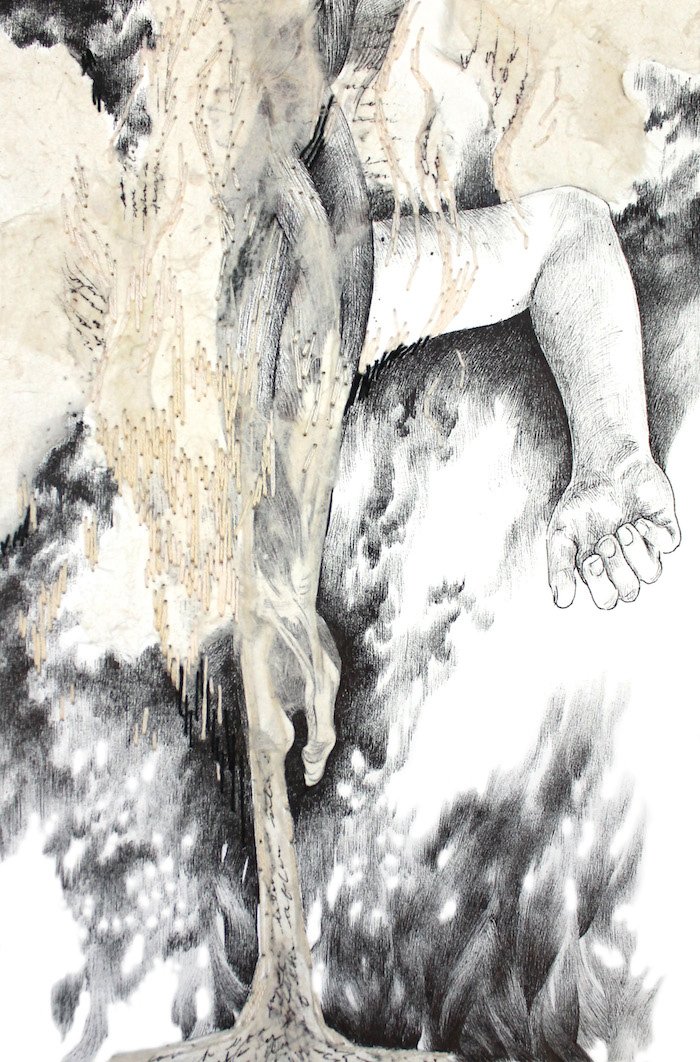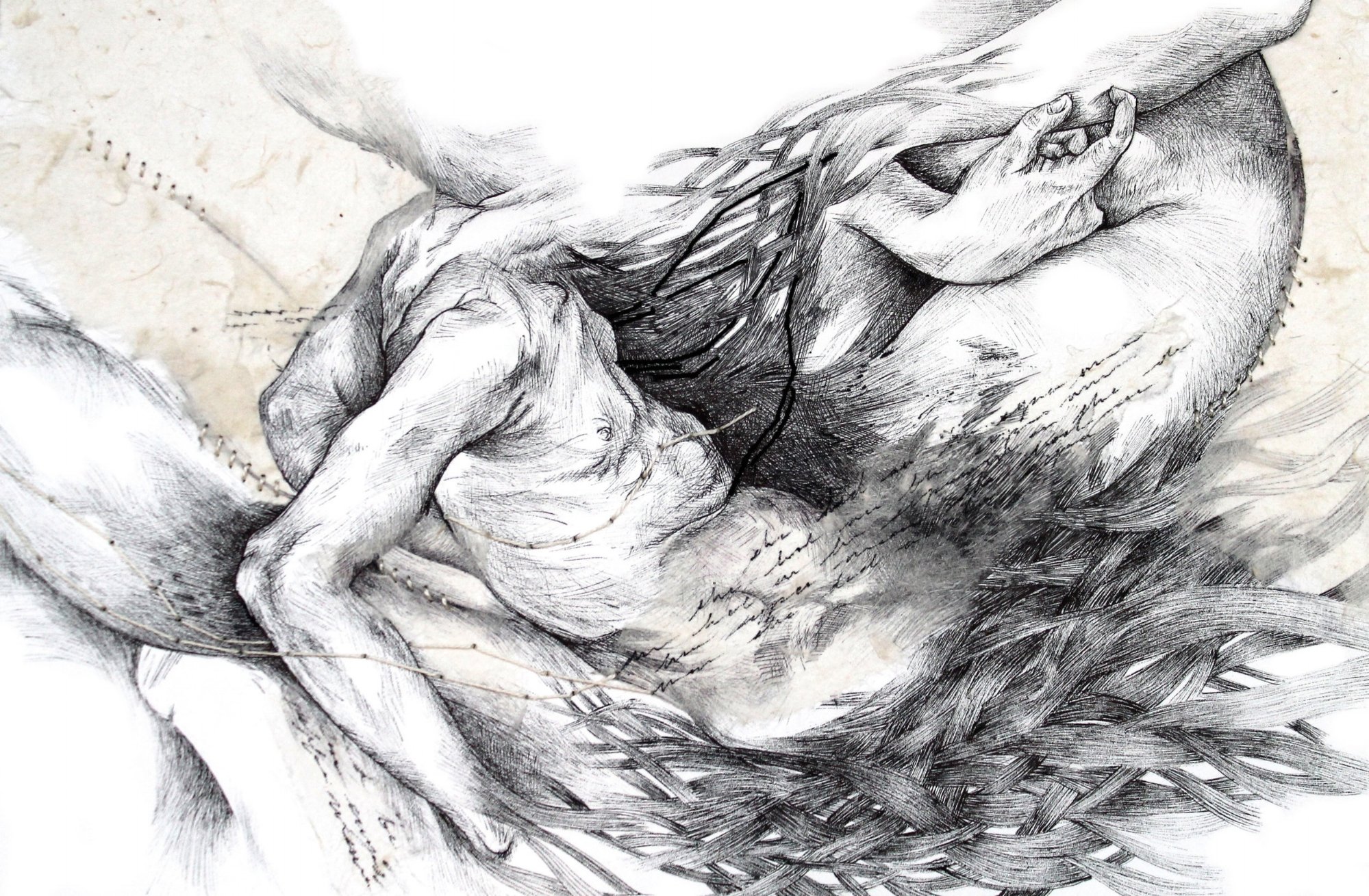Joanna Hoge
Joanna Hoge (she/they) is a queer artist and designer based in Denver, Colorado. She applies her interest in psychology and anatomy to create works that explore the dynamic between subjective identity and objectifiable body.
Hoge received a Bachelor of Arts from Saint Louis University in 2011 and a Master of Fine Arts from Southern Illinois University in Edwardsville in 2016. Her work has been exhibited both locally and nationally at galleries and venues including the Arvada Center (CO), Art Saint Louis (MO), Atlantic Gallery (NY), and The Drawing Room (CT). Joanna has most recently exhibited drawings at the Columbia City Gallery in Seattle, Washington and the Rosenthal Gallery in Fayetteville, North Carolina.
She is the recipient of several grants including an Artist Residency Grant from the Horned Dorset Colony in Upstate New York, a Research Grant for Graduate Students from Southern Illinois University in Edwardsville, and an Artist Support Grant from the Regional Arts Commission in Saint Louis.
Artist Statement
My work is largely inspired by the division of somatic and psychological experience in western culture. We are often taught to view and treat our bodies and our minds separately. These drawings use anatomical rendering as a site for integration, blurring the lines between an objective, scientific understanding of the body’s parts and a personal sense of embodiment. Through research I've developed a deep appreciation for the internal systems that mediate our well-being in tandem with the conscious mind. This realization of interdependence informs my drawing practice: I consider forces seen and unseen and work to translate them into materials.
Most recently, the content of my work has shifted to address the social, emotional, and physical aspects of motherhood. I consider dichotomies: the strength of one’s body to carry and nourish a child and the simultaneous precarity of pregnancy. Miscarriages are both ubiquitous and never spoken of. Motherhood is at once a choice and the implied default of womanhood; electing to be child-free often carries negative assumptions.
Through drawing, I can bring these contrasts into view: exploring the gaps between biology and identity. Thread sewn into fragile surfaces both evokes ideas of feminine craft and the functional stitching of sutures. In the space of the drawing, the presence of this material is often subdued. White thread on white paper draws an analogy to the unseen work of women and mothers, an accumulation of responsibilities that is commonly referred to as ‘the double shift’. It is my desire to provoke questions about how these dynamics exist and shape our culture.













